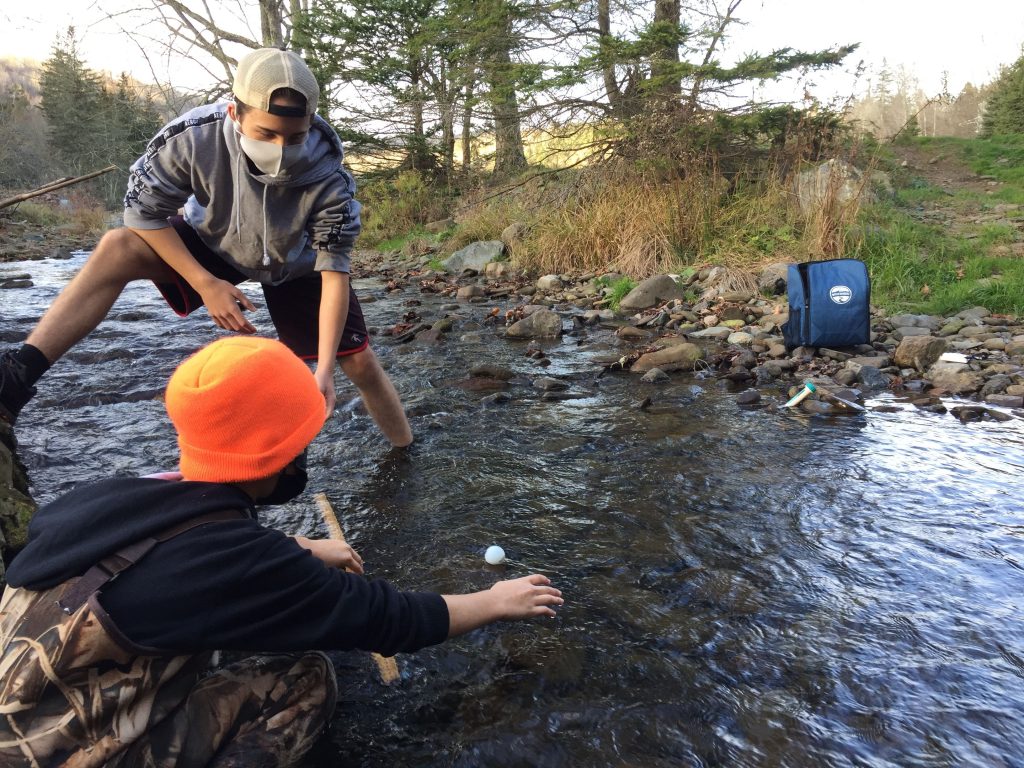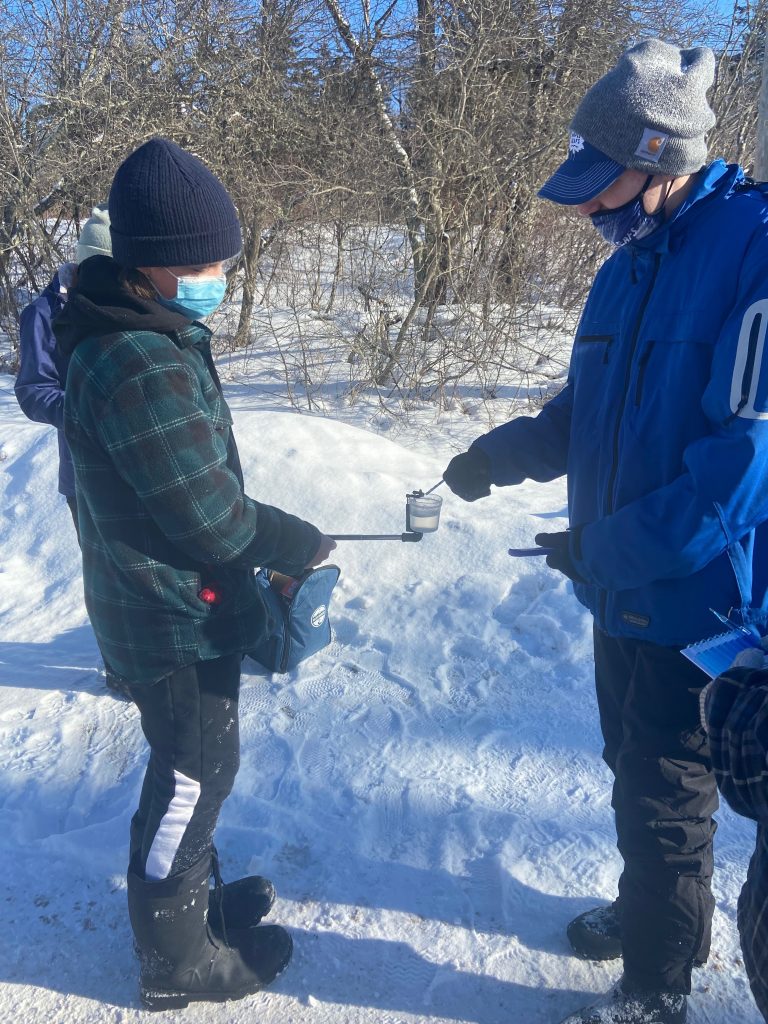After decades of polluting our oceans, lakes, and rivers, protecting them has become a critical course of study. To enable students to examine water samples, Water Rangers introduces students to its “testkits.”
Water Rangers’ educator and store coordinator, Luke Williamson, engages kids of all ages with hands-on activities to help them understand whether or not water bodies are healthy.
He and his team also work to connect students to science. Williamson stated, “Young learners are always curious and willing to try water testing! It’s important for them to see that, even as children, they can get involved in science which can have an impact on their environment.”

After arriving at a testing site, such as a lake or river, conducting water tests using these kits can take as little as twenty minutes. Taking notes on observations and uploading data to app.waterrangers.ca will bring the total time to about one hour. Water Rangers testkits can be applied to saltwater and wastewater; however, Water Rangers recommends Tap Score for examining tap and pool water.
The Water Rangers Water Testkit was used with my grade 7, 9 and 10 science students. I found it to be extremely friendly and a valuable tool for schools that have the resources (waterways) to teach the importance of caring for these areas.
Kim Giddens, a teacher at Belleisle Regional High School in New Brunswick, became engaged in doing water assessments at four different streams which run into Belleisle Bay. “The Water Rangers Water Testkit was used with my grade 7, 9 and 10 science students. I found it to be extremely friendly and a valuable tool for schools that have the resources (waterways) to teach the importance of caring for these areas.”
The project involves testing the dissolved oxygen, pH, alkalinity and hardness, chlorine, conductivity, temperature, and water flow at the sites in the fall and again in the spring. The kit that Belleisle Regional High School received had three complete testkits which enabled an entire class to be actively involved in the stream assessments. The students used Excel spreadsheets to collect and analyze their data to try to determine how water conditions had changed within these two seasons. Giddens is enthusiastic that numerous activities/projects will stem from these experiments. Her grade 9/10 science students tested locations from mid-January to early March to determine if road salt is altering the salinity of the water.
The Belleisle Watershed Coalition is working with these students on this project in the hope that it will be accomplished in the next few years with a view to seeing the extent that the marshland along Belleisle Bay is being affected by road salt. Gibbens added, “Hopefully other schools see how valuable the Water Rangers testkits are.”
To fund the kits, Williamson states, “Water Rangers have twice been the recipient of a grant through the Natural Sciences and Engineering Research Council of Canada PromoScience Program. PromoScience supports hands-on, experiential learning for young students and teachers. We use this funding to distribute testkits to schools, school boards, and independent educational organizations across the country. The funding is used for communities with a strong need for the tools to help protect local waterways, and we pledged to support Indigenous communities with at least 25% of our funds.” Other funding might be sourced from a local municipality, TD’s Friends of the Environment, or a student fundraising campaign within the school community.

A Greener Future (featured in the previous issue of Canadian Teacher Magazine) is grateful to have received additional funding. Rochelle Byrne, Executive Director, said, “The funding from the Ontario Trillium Foundation has allowed us to increase and improve our capacity to engage more students through the development of a new volunteer framework, new software, and additional virtual opportunities.”
A Greener Future will be purchasing Water Rangers testkits, setting up dates and locations between May and September for water testing demonstrations with Swim, Drink, Fish. Byrne added, “We’re busy planning our Love Your Lakes program which will consist of 100+ litter cleanups along lakes Ontario, Erie, and Huron. We’re also putting together a new youth program focused on the connection between mental health and the environment. For this program, we’re working directly with mental health practitioners and teachers to come up with modules that will weave together environmental education, mental health techniques, and hands-on experiences. The water testing demonstrations will be part of our Love Your Lakes cleanup program, and the data from the water testing will be submitted to Great Lakes Data Stream.”
Students engaging in water testing, beach cleanups, and even art litter displays are all necessary to bring about political and public awareness. It’s also about shifting one’s shopping habits to replace single-use plastic with reusable containers that make a difference. Other initiatives include: improving recycling efforts, supporting ways to build a circular economy, and tightening requirements for the use of recycled content in new products. Purchasing less “stuff” wouldn’t hurt either! There’s no quick solution but, without a doubt, it remains clear that the status quo of water contamination cannot continue.
Related Links
waterrangers.ca
Larraine Roulston
Larraine writes children’s illustrated adventure books on composting and pollinating. To view, visit: castlecompost.com
This article is featured in Canadian Teacher Magazine’s Spring 2022 issue.
